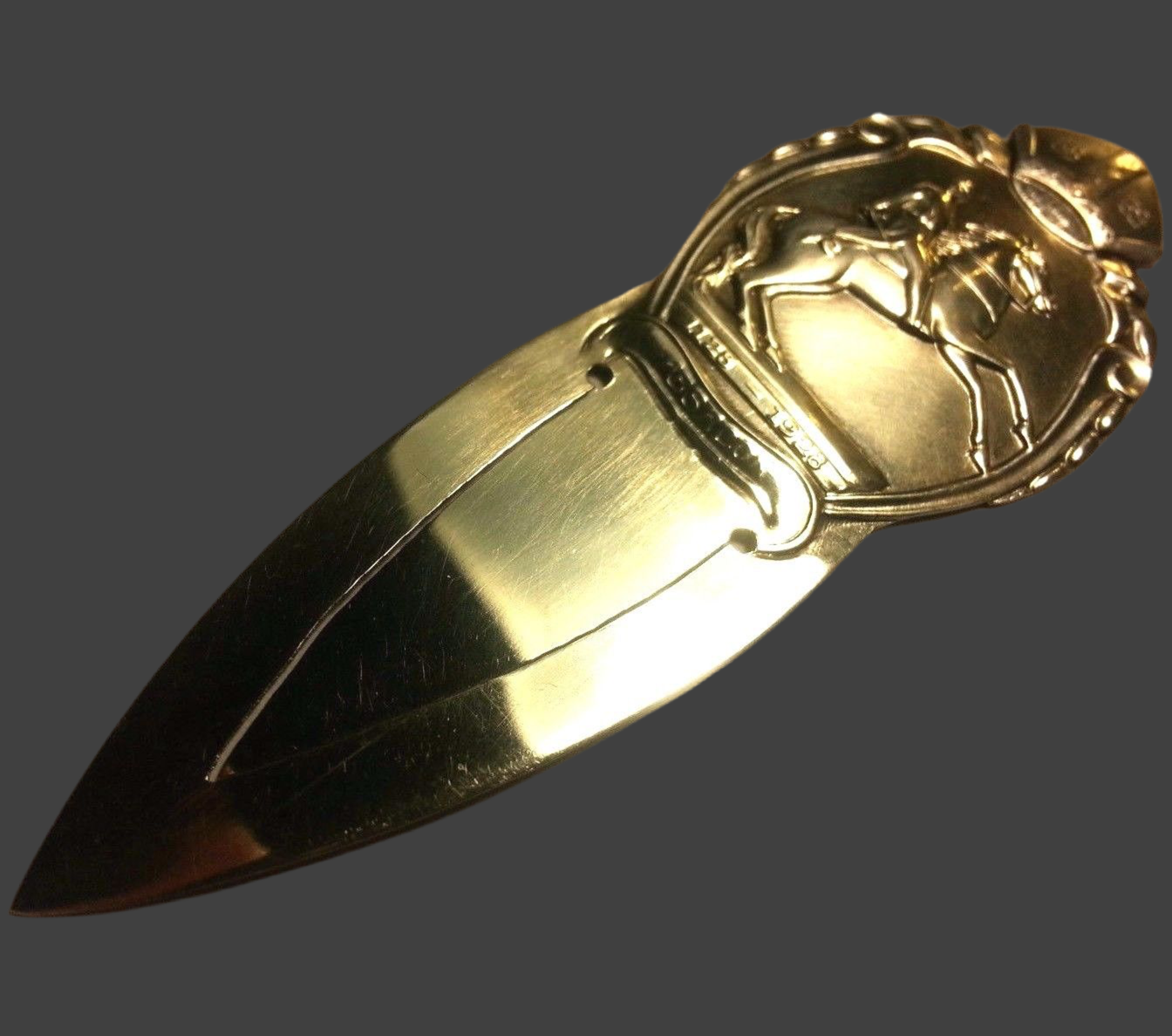Bookmarks
A bookmark is a thin marking tool, commonly made of card, leather, or fabric, used to keep track of a reader's progress in a book and allow the reader to easily return to where the previous reading session ended. Alternate materials for bookmarks are paper, metals like silver and brass, silk, wood, cord (sewing). Some books may have one or more bookmarks made of woven ribbon sewn into the binding. Other bookmarks incorporate a page-flap that enables them to be clipped on a page.
According to new results of the research done on the history of bookmarks, there are indications that bookmarks have accompanied codices since their first emergence in the 1st century AD. The earliest existing bookmark dates from the 6th century AD and it is made of ornamented leather lined with vellum on the back and was attached with a leather strap to the cover of a Coptic codex (Codex A, MS 813 Chester Beatty Library, Dublin). It was found near Sakkara, Egypt, under the ruins of the monastery Apa Jeremiah. Further earliest bookmarks and remnants of them have been found in Coptic codices dating from the 1st to the 11th century and in Carolingian codices from the 8th to the 12th century.
Bookmarks were used throughout the medieval period, consisting usually of a small parchment strip attached to the edge of folio (or a piece of cord attached to a headband). As the first printed books were quite rare and valuable, it was determined early on that something was needed to mark one's place in a book without causing its pages any harm. Some of the earliest bookmarks were used at the end of the sixteenth century.
Modern bookmarks are available in a huge variety of materials in a multitude of designs and styles. Many are made of cardboard or heavy paper, but they are also constructed of paper, ribbon, fabric, felt, steel, wire, tin, beads, wood, plastic, vinyl, silver, gold, and other precious metals, some decorated with gemstones.













